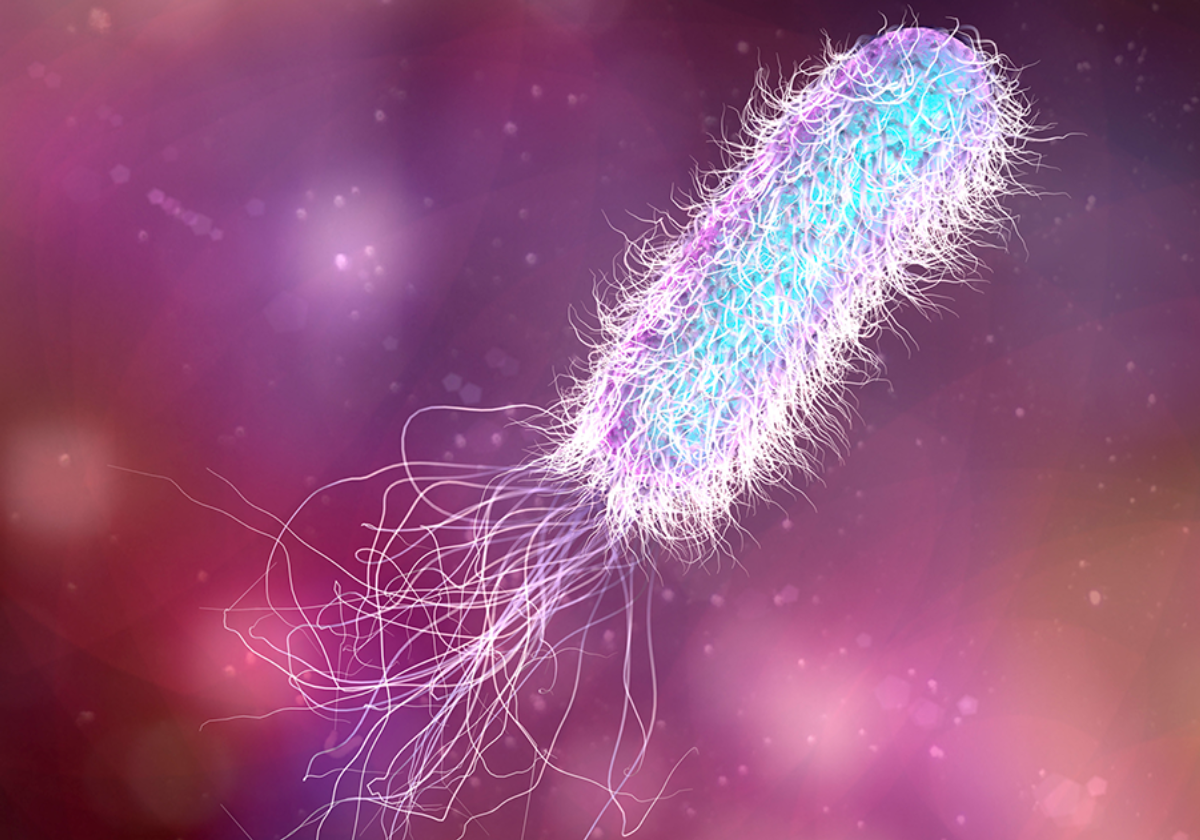Back in 2018, a spacecraft left the International Space Station carrying cargo. The cargo was filled with colonies of bacteria that spent years living in space. These microbes were returning to Earth as part of the Tanpopo mission.
The mission is a Japanese astrobiology experiment to study the effects of the space environment on simple organisms. If the experiment proves that microbes survive long-term in space it would change how humans understand outer space.
Meanwhile, a controversial theory, famously known as ”panspermia” reveals that life is distributed by meteoroids, asteroids, and space dust when they travel in space and hit planets such as Earth. This theory says asteroids and meteoroids that slam into Earth bring basic organisms with them.
On Wednesday, the Tanpopo research team published their findings: ‘Frontiers in Microbiology’. The research found out how multiple species of Deinococcus bacteria managed to survive in outer space facing a hostile space environment. The new findings open a new debate around how life started on Earth.
Deinococcus bacteria is known for its unusual abilities such as resisting genetic damage from high exposure to ultraviolet radiation. Researchers themselves are not sure how the microbes pulled off these feet. These microbes are categorized as extremophiles: a special type of microbes that can survive in conditions such as extreme temperature, alkalinity, and acidity.
“Deinococcus is known to have several mechanisms to survive in harsh environments. We tested which mechanisms are responsible and found, among others, that its DNA repair system is important for surviving in the space environment.”
Akihiko Yamagishi, lead scientist for the mission and a professor at Tokyo University.
Tanpopo Experiment
Akihiko and his colleagues attached a module outside of a space station. The modules consist of colonies of three different species of Deinococcus bacteria. The bacteria were dry and exposed to the vacuum of space.
Upon returning, researchers rehydrated the colonies on Earth. The team found that the outermost layers of the microbe died due to exposure to high doses of UV radiation. The dead skin layer protected the DNA of the microbes from getting damaged.
Due to the exposure, bacterial genes gradually decrease in space no matter how thick the colony is. Findings show a small batch of bacteria just around half a meter deep could survive up to eight years in space.
Panspermia Theory
The new findings of the Tanpopo experiment are good news for those who side with the Panspermia theory. The theory suggests that life reached Earth through microbes that catch space rocks and hit the Earth.
Life on Earth is explained as when a bunch of organic molecules combine with each other and gradually manage to form complex molecules. These molecules combined together and formed a single-celled organism similar to bacteria. They later evolved into multicellular organisms and so on.
While many scientists believe that bacteria started living on earth nearly 4 billion years ago, they dominated life on earth for 2 billion years. Then more complex single-celled organisms called ‘eukaryotes’ emerged and dominated life for the next billion years.
Thus there are two theories related to the origin of life on earth. Believers of the panspermia theory who tend to believe Earth’s evolutionary timeline can be clear if early life was given a push by extraterrestrial microbes.
Lithopanspermia
Lithopanspermia, one of the theories of Panspermia, suggests asteroids and meteoroids which hit Earth have contained some basic organisms or genetic material that had the capability to shift life’s evolution on the earth.
However, bacteria reaching on a single asteroid isn’t enough to shift evolution on the planet. But multiple space rocks slamming Earth 4 billion years ago might have filled Earth with enough organisms. This idea is an assumption as of now with no evidence to back it up.

